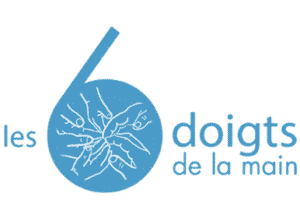
I finally get on my to-read pile, and it is a pleasure to read this book from Jane Nelsen!
Posts to discuss this book in depth will come, I just need more time for that.
Meanwhile, I know this reading already helped me in my collaboration approach with the children : Each misbehavior is an OPPORTUNITY to learn!
Jane Nelsen created a training program for parents that is more recent than the Faber & Mazlish (How to talk so kids will listen and listen so kids will talk), or the Gordon method (Parent Effectiveness Training) who date back from the 70s.
The Positive Discipline Association was in deed created in 2003.
I am so happy to get inspired by books like this one, where I can read such sentences: « Peace in the world begins with peace at home and at school »
